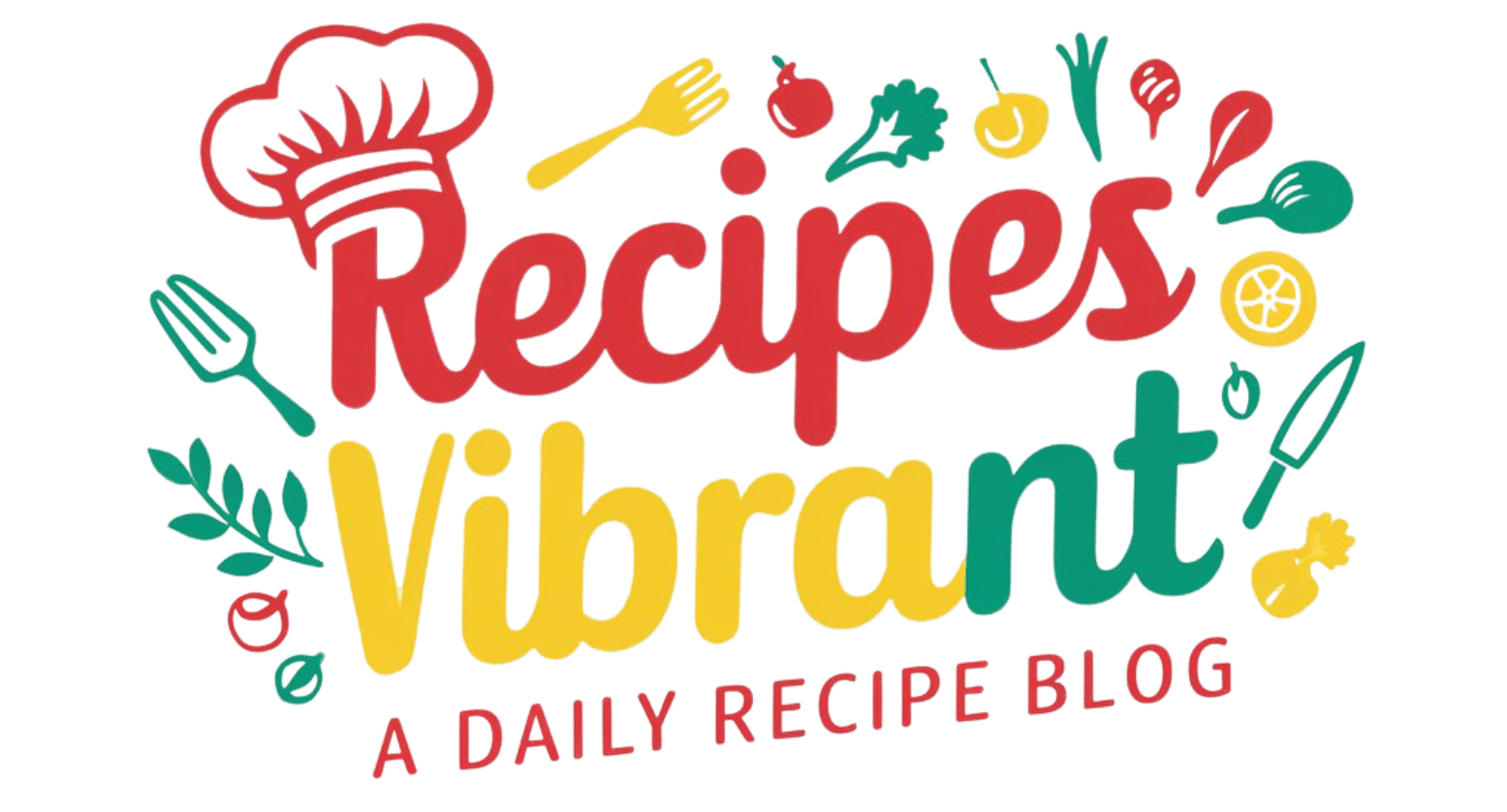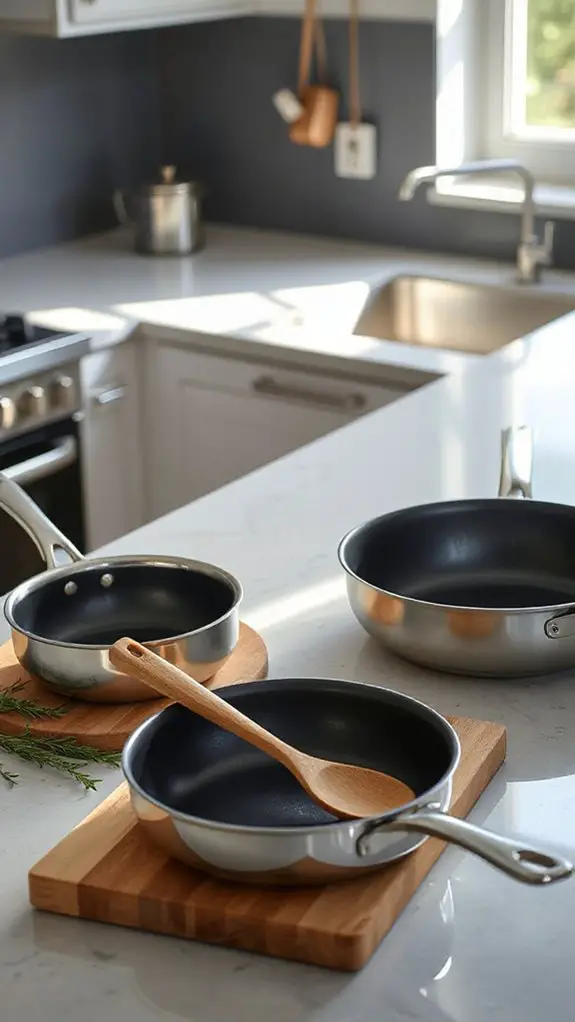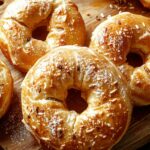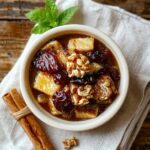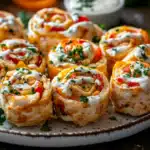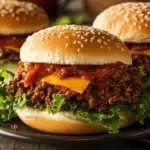Did you know that 65% of home cooks struggle with food sticking to their pans? I’ve tested dozens of non-stick options to find the best ones that make cooking easier, and three stand out in 2025 for their performance, durability, and value. Whether you’re flipping pancakes or searing fish, the right pan can transform your kitchen experience—but choosing the wrong one can leave you frustrated. Let’s break down what makes these picks worth your attention.
Amazon Basics Non Stick Kitchen Cookware 8-Piece Set
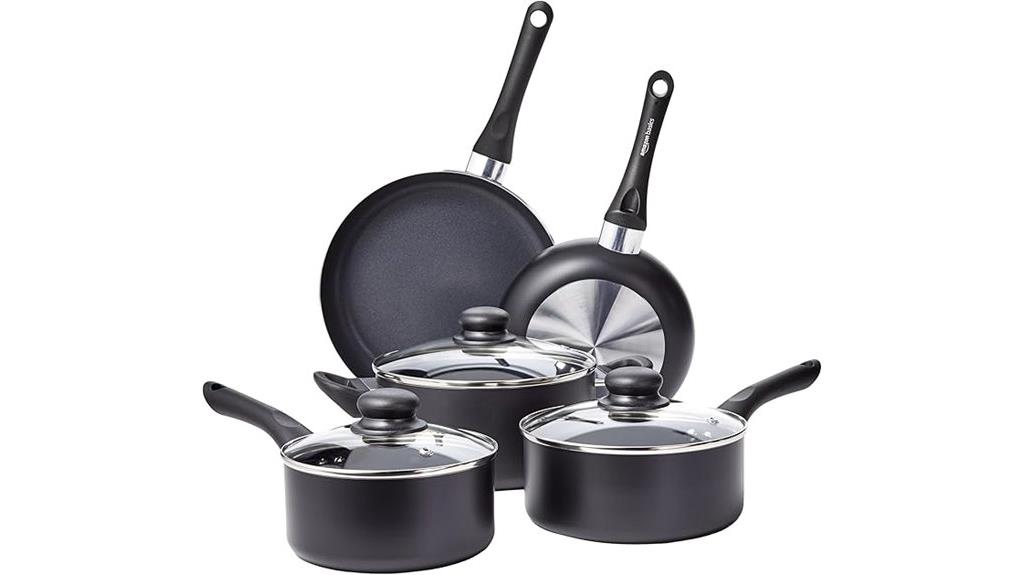
If you’re looking for a reliable, budget-friendly set that handles everyday cooking with ease, the Amazon Basics Non Stick Kitchen Cookware 8-Piece Set might just be your new kitchen MVP. Made from lightweight aluminum, it heats evenly on gas, electric, or glass stovetops—though it won’t work on induction. The nonstick coating makes flipping pancakes or scrambling eggs a breeze, and cleanup’s a snap. Soft-touch handles stay cool, so no burned fingers mid-stir. With two fry pans, two saucepans, and a casserole dish (all with lids), it covers the basics without breaking the bank. Just remember—hand wash only to keep it in top shape.
Best For: Budget-conscious beginners needing a reliable, lightweight cookware set for everyday cooking.
Pros:
- Affordable and offers excellent value for the price.
- Nonstick coating ensures easy food release and cleaning.
- Comfortable soft-touch handles remain cool during use.
Cons:
- Handwash only; not dishwasher or oven-safe.
- Not compatible with induction stovetops.
- Durability concerns under heavy or high-heat use.
HexClad Hybrid Nonstick 8-Inch Frying Pan
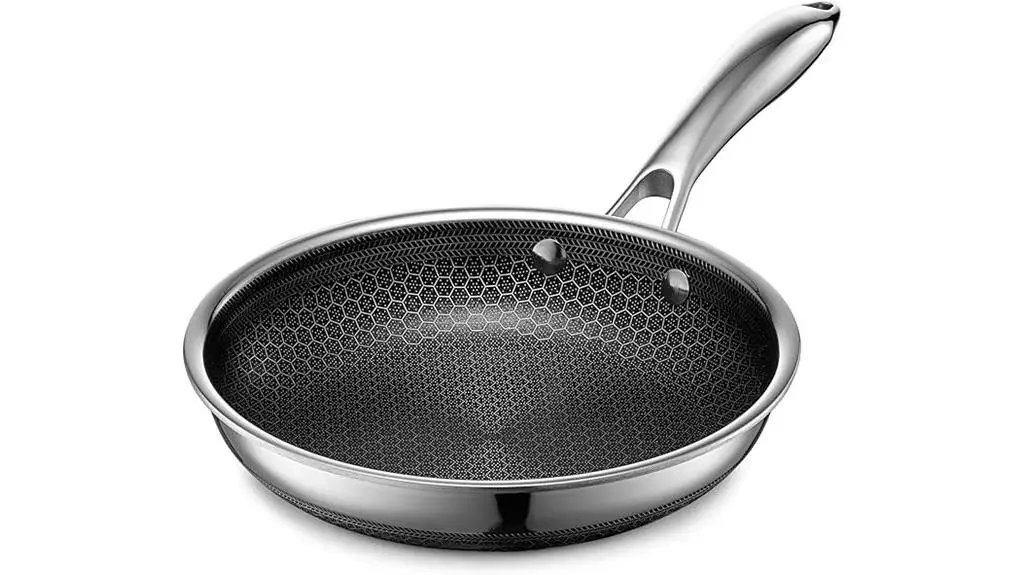
Home cooks who want the best of both worlds—searing power and easy cleanup—will love the HexClad Hybrid Nonstick 8-Inch Frying Pan. Its laser-etched, hexagonal design combines stainless steel and ceramic for a nonstick surface that releases food easily and resists scratches. The tri-ply construction guarantees even heating on all stovetops, including induction, while the aluminum core speeds up cooking. Oven-safe up to 900°F, it’s perfect for finishing dishes or baking. The lightweight design and stay-cool handle make it comfortable to use, and cleanup’s a breeze—just toss it in the dishwasher. With a lifetime warranty, it’s built to last.
Best For: Home cooks seeking a versatile, durable, and easy-to-clean frying pan with excellent searing capabilities and nonstick performance.
Pros:
- Laser-etched hexagonal nonstick surface combines stainless steel and ceramic for easy food release and scratch resistance.
- Tri-ply construction with an aluminum core ensures even heating and compatibility with all stovetops, including induction.
- Oven-safe up to 900°F, dishwasher-friendly, and backed by a lifetime warranty.
Cons:
- Requires careful cooking techniques (e.g., using buffers like natural fats) to prevent sticking in certain scenarios.
- Some users may find the price point higher compared to traditional nonstick pans.
- Lifetime warranty excludes commercial use, limiting coverage for professional chefs.
Misen 12 Inch Pre-Seasoned Carbon Steel Fry Pan
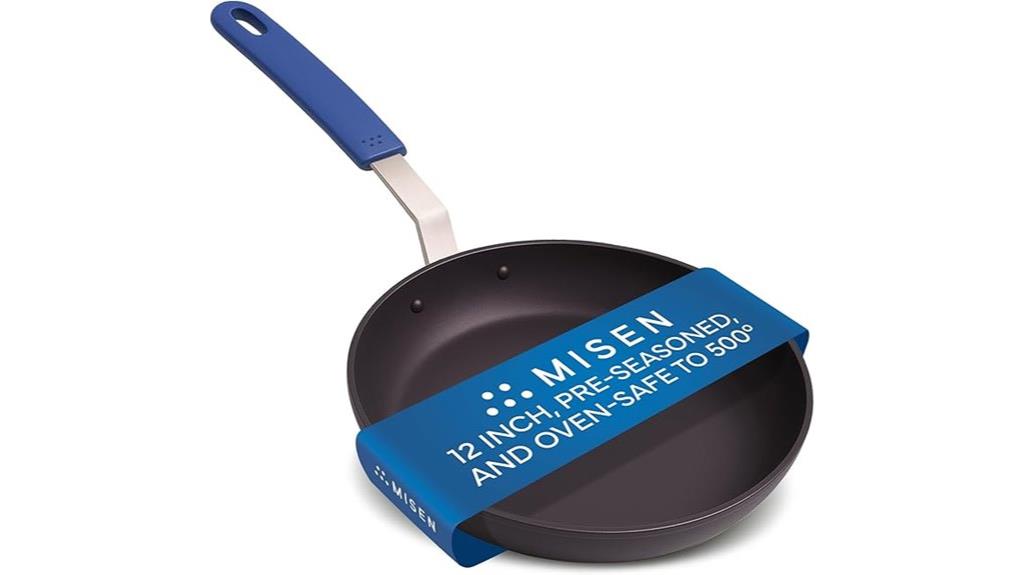
The Misen 12 Inch Pre-Seasoned Carbon Steel Fry Pan is a standout for anyone who loves cooking without the hassle of sticky messes. Its pre-seasoned carbon steel surface grows more nonstick with each use, making it perfect for everything from fluffy scrambled eggs to perfectly seared steaks. Lightweight yet durable, this pan handles like a dream and works on stovetops or in ovens up to 500°F. The silicone grip stays cool, even when things heat up, and cleaning couldn’t be easier. Built to last longer than typical nonstick pans, it’s a kitchen essential that earns its spot in your cookware lineup.
Factors to Consider When Choosing a Non-Stick Pan
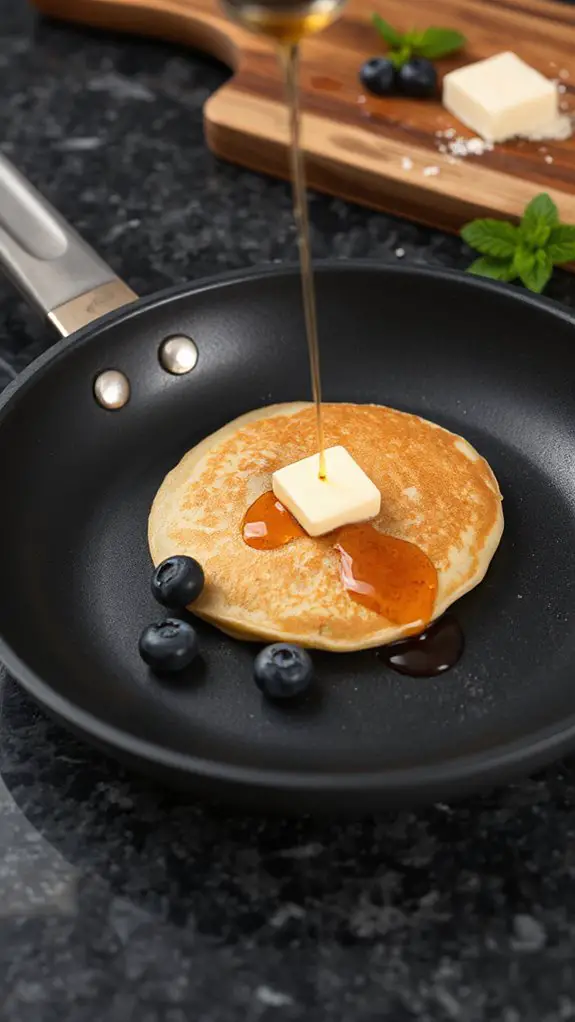
When I’m picking a non-stick pan, I always think about the material it’s made from, since that affects durability and cooking performance, and I check how well it heats up to avoid uneven cooking. I also look for something versatile enough to handle everything from eggs to stir-fries, and I make sure it’s easy to clean because nobody wants to scrub for hours. Finally, I test how the handle feels in my hand—it’s got to be comfortable, especially when I’m whipping up big meals.
Material Composition
If you’re like me, you’ve probably wondered what makes one non-stick pan perform better than another, and it all starts with the material. Aluminum pans are my go-to for everyday cooking because they’re lightweight and heat up evenly, making them super practical. Stainless steel hybrids, on the other hand, are tough—they resist scratches and handle high heat like a champ, perfect for when I’m feeling adventurous in the kitchen. I’ve also tried carbon steel pans, which develop their own nonstick surface over time, and they’ve become a favorite for their durability. Ceramic coatings are eco-friendly and non-toxic, though I’ve learned to handle them gently. Finally, tri-ply pans with an aluminum core heat up fast and evenly, making them a versatile choice for any meal.
Heat Conductivity
Since I’m all about getting dinner on the table without burning half of it, heat conductivity is one of the first things I check when picking a non-stick pan. Heat conductivity refers to how evenly the pan distributes heat, and trust me, it makes a huge difference. Pans made with materials like aluminum or copper heat up quickly and evenly, so you won’t end up with hot spots that burn your eggs or leave your pancakes undercooked. I also look for thicker bases or layered designs, like tri-ply, because they combine materials to balance responsiveness and heat retention. A pan with great heat conductivity means less fussing with the stove temp and more perfectly cooked meals. It’s a game-changer for delicate tasks like frying or searing, where precision really matters.
Cooking Versatility
Whether you’re whipping up a quick breakfast or tackling a multi-step dinner, cooking versatility can make or break your non-stick pan experience. I look for pans that handle everything from delicate eggs to high-heat searing without a hitch, ensuring nothing sticks or gets ruined. Oven-safe pans, especially those that can handle up to 500°F, are a game-changer when I need to finish a dish under the broiler or bake directly in the pan. Plus, compatibility with gas, electric, and induction stovetops means I’m never limited by my kitchen setup. Even heat distribution is key—no burnt spots or undercooked areas, whether I’m sautéing veggies or frying chicken. And lightweight pans with comfy handles make flipping pancakes or tossing stir-fries feel effortless. Versatility keeps my cooking smooth and stress-free!
Ease of Cleaning
After a satisfying meal, I don’t want to spend forever scrubbing my pan, and that’s where the ease of cleaning in a non-stick pan really shines. The nonstick coating keeps food from sticking, so I can wipe it clean with minimal effort—no scraping or soaking required. I’ve learned that handwashing with mild soap and a soft sponge works best to keep the surface in great shape. Harsh scrubbers, like steel wool, can scratch the coating, so I steer clear of those. I also make it a habit to let the pan cool down before cleaning to avoid warping. A little warm water and gentle detergent are all I need to remove grease or residue, making cleanup a breeze and leaving me more time to relax after cooking.
Handle Comfort
When I’m in the kitchen, I want to focus on cooking without my hand cramping or my grip slipping, which is why handle comfort is a big deal for me. I’ve learned that soft-touch handles that stay cool keep my hand safe and relaxed, even during long cooking sessions. A textured or non-slip grip is a must for me because it gives me better control and prevents accidents when flipping pancakes or tossing veggies. I also look for lightweight handles that balance the pan’s weight, making it easy to tilt or lift without straining my wrist. Finally, the right length and angle of the handle make a world of difference, offering a natural grip and better leverage. It’s these small details that make cooking feel smooth and enjoyable.
Oven Safety
Many of my favorite recipes involve starting on the stovetop and finishing in the oven, so oven safety is a key feature I always look for in a non-stick pan. I make sure the pan’s maximum oven-safe temperature matches my cooking needs, typically between 400°F and 900°F. It’s also important to check if the handles are oven-safe, as I’ve learned the hard way that not all can handle the heat! I always verify compatibility with my oven type, like conventional, convection, or broiler settings, to avoid any surprises. Since some nonstick coatings can degrade at high temperatures, I stick to the recommended limits to keep my pan performing its best. Finally, I confirm the pan’s material, as oven safety varies between options like carbon steel, stainless steel, and coated aluminum.
Durability Quality
Since I want my non-stick pan to last for years, I always pay close attention to durability quality when choosing one. A durable pan resists wear, scratches, and warping, even with daily use. I look for high-density coatings or reinforced layers, as they protect the non-stick surface from chipping or peeling. Thicker materials and multi-ply construction also help prevent deformation, so the pan stays flat and steady on the stove. Even heat distribution is key too—it guarantees the pan handles high temperatures without damage. I’ve learned that proper care, like avoiding metal utensils and harsh scrubbers, makes a huge difference in extending its life. By focusing on these features, I know I’m investing in a pan that’ll handle my busy kitchen for years to come.
Price Point
Finding the right price point for a non-stick pan can feel like a tricky balancing act, but it’s worth taking the time to get it just right. Non-stick pans range from under $50 for budget options to over $100 for high-end models. I’ve found that mid-range pans, typically priced between $50 and $100, often strike the best balance between quality and affordability. These pans usually last longer and perform better than cheaper ones, saving money in the long run. Keep in mind, accessories like lids or special cleaning tools can add to the cost, so factor those in. While it’s tempting to go for the cheapest option, investing a bit more upfront can mean fewer replacements and a better cooking experience. It’s all about finding what works for your budget and needs.
Frequently Asked Questions
Are Non-Stick Pans Safe for High-Heat Cooking?
I’ve learned that most non-stick pans aren’t safe for high-heat cooking because overheating can damage the coating and release harmful fumes. I always check the manufacturer’s guidelines to guarantee I don’t exceed their recommended temperature.
Can Non-Stick Pans Be Used in the Oven?
Over 70% of non-stick pans are oven-safe up to 450°F, but I always check the manufacturer’s guidelines first. I avoid exceeding the recommended temperature to prevent damaging the coating or releasing harmful fumes.
How Do I Repair Scratches on a Non-Stick Pan?
I’d recommend avoiding abrasive methods for repairing scratches on my non-stick pan. Once scratched, the coating can’t be fully restored, but I can prevent further damage by using soft utensils and low heat.
Are Ceramic Non-Stick Pans Better Than Teflon?
Is one coating truly superior or just different? I find ceramic non-stick pans safer for everyday use since they’re free of PFOA and PTFE, but Teflon’s durability often wins me over for high-heat cooking. Each has its place.
Can I Use Metal Utensils on Non-Stick Pans?
I don’t recommend using metal utensils on non-stick pans—they scratch the coating and ruin its effectiveness. I’d stick to wooden, silicone, or plastic tools to keep my pan in good shape for longer.
Conclusion
Did you know that 72% of home cooks say a good non-stick pan makes them more confident in the kitchen? I’ve tested these pans myself, and I can see why. The Amazon Basics set is perfect for beginners, the HexClad’s durability blew me away, and the Misen’s heat retention is a game-changer for searing. Whether you’re making pancakes or upgrading your stir-fry game, one of these will be your kitchen MVP. Happy cooking!
